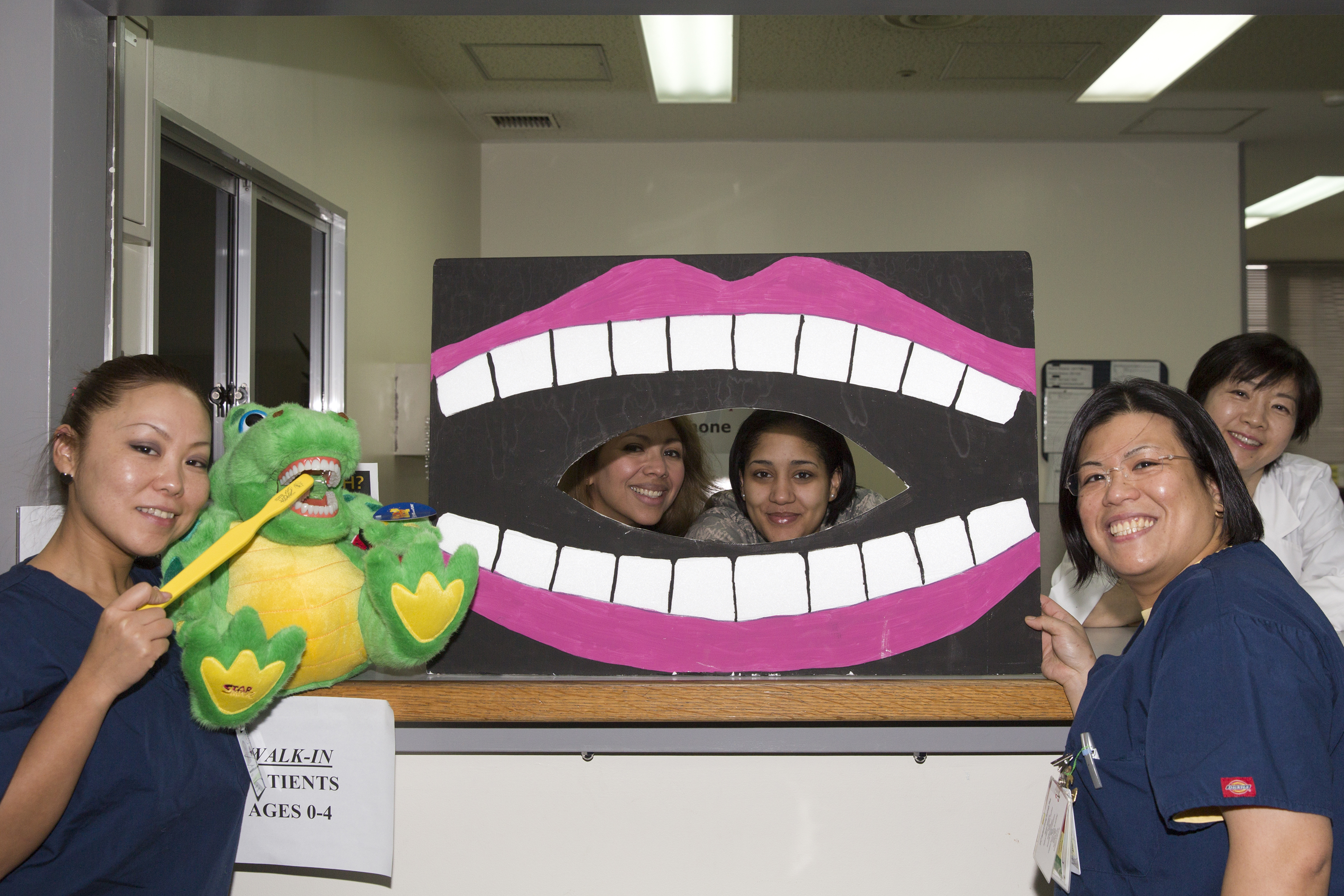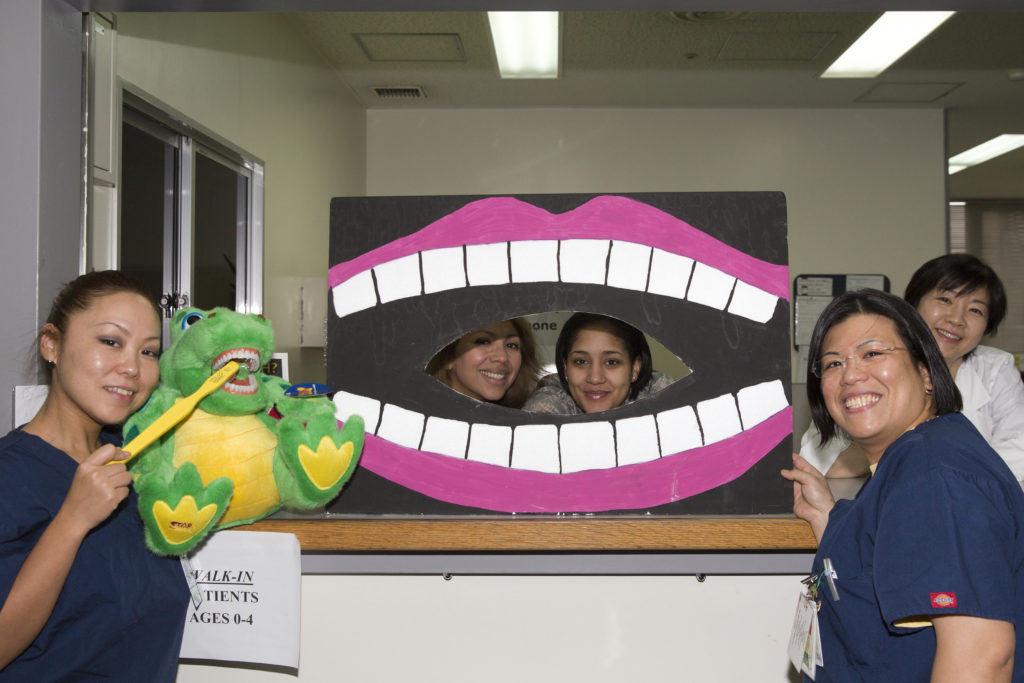Human Immunodeficiency Virus (HIV) has become a pandemic disease posing a threat to health, the social and economic structure of nations across the globe. In 2017, 940 000 people died from HIV-related causes globally.
As per the reports, the WHO African Region is the most affected region.
Under ‘Fast Track’ strategy, the Joint United Nations Program on HIV and AIDS (UNAIDS), has committed to eradicating ‘AIDS as a public health concern by 2030’.
Unfortunately, there is no cure for HIV infection. Beyond doubt, Antiretroviral drugs have improved quality of life of HIV infected patients by controlling the pace of damage by the virus and preventing its transmission to others, thus decreasing overall mortality and morbidity associated with the infection.
But, there is a long way to go. Not an only disease, but the misconceptions, taboos, social discrimination and injustice to the HIV patients also need to be eradicated at the grass root level.
How does HIV Infection Spread?
- HIV Infection can be transmitted only when the certain body fluid from infected individual comes into the contact with a mucous membrane or damaged tissue or are directly injected into the bloodstream (through a needle or syringe).
- HIV does not spread through casual contact with a person who has HIV
- A handshake, a hug, or a closed-mouth kiss or coming in contact with objects such as toilet seats, doorknobs, or dishes used by a person who has HIV.
What are the Modes of transmission of HIV infection?
- Blood
Through contaminated blood samples, sharing needles with the HIV- infected person. Transmission from transfusion of the contaminated blood or organs is low now-a-days. - Pre-seminal fluids and Semen, Vaginal fluids
Having anal or vaginal sex with someone who has HIV without using a condom or taking medicines to prevent or treat HIV) - Breast milk
An HIV positive mother can also spread the infection to her child during pregnancy and childbirth. - Rectal fluids
Stages of HIV infection in human body
HIV (human immuno-deficiency virus) attacks a specific type of T cell known as CD4 cells. T cells are an important part of the body’s immune system which is needed to fight infection. HIV resides in the body, jeopardise its immune system slowly, making a person susceptible to opportunistic infections and some cancers.
Contrary to common perception, there is a difference between HIV positive and AIDS. Being positive for HIV does not imply that a person has AIDS.
HIV infection runs through stages with a latent phase free of symptoms, that may last for 2-15 years. AIDS (Acquired immune deficiency syndrome) is the terminal stage of HIV infection, inflicting immune system of the body. The immune system is so badly hampered by a virus that even a minor cold can prove to be fatal.
Oral Manifestations of AIDS
Around 30-80 % of HIV infected patients have related oral manifestations. It is quite possible that the dentist is the initial person to make a diagnosis of HIV infection as oral lesions are among the early signs of HIV infection and an indicator of the progression of the disease.
4 Indications of Oral lesions in HIV infection
- Indicate HIV infection in undiagnosed cases
- Predict HIV disease progression
- Represent early clinical features of clinical AIDS (for example, oral Kaposi’s sarcoma)
- Be used in disease staging and classification
7 Cardinal Lesions in adult patients with HIV infection
The features mentioned below are present in 50% of patients with HIV infection and 80% in patients with AIDS.
- Oral Candidiasis
Candida is a fungus present is found in healthy mouths too. However, as the immune system of an individual weakens, the yeast begins to multiply, causing diseases. An oral pseudomembranous form of candidiasis is the most common fungal infection of HIV disease.Erythematous candidiasis, more common in HIV patients than the general population. These lesions appear as red areas located on the palate and dorsum of the tongue but occasionally on the buccal mucosa. The patient complains of oral burning, most frequently while eating salty or spicy foods or drinking and acidic beverages.Pseudomembranous candidiasis is usually free of symptoms. It shows creamy white or yellow spots or plaques located in any part of the oral cavity which can be wiped away easily to reveal an erythematous surface which may bleed.In full-blown AIDS patient is pseudomembranous candidiasis is common.
In the case of a patient infected with HIV, the erythematous candidiasis is seen more.
- Oral Hairy Leukoplakia
Oral Hairy Leukoplakia is caused by Epstein-Barr virus (EBV) infection. OHL typically occurs on the lateral border of the tongue and is almost the universal anomaly in patients with untreated advanced HIV disease.OHL is an asymptomatic entity. It has no malignant potential, so it rarely requires treatmentOHL appears bilateral whitish/grey lesions on the lateral margins of the tongue which are not removable, unlike Oral Candidiasis. Lesions may extend onto the upper and lower surfaces of the tongueThe oral manifestations of oral candidiasis and oral hairy leukoplakia, in particular, are clinical predictors of AIDS progression and are usually associated with CD4+ T-lymphocyte cell count < 200 cells/μl of blood and high viral load levels in patients.
- Kaposi Sarcoma
HIV associated Kaposi’s sarcoma is one of the AIDS-defining condition.Kaposi’s sarcoma (KS) is a malignant disease caused by human herpesvirus 8 (HHV-8), which is transmitted sexually or via blood or saliva. In patients with HIV disease, KS usually arises when the CD4+ T cell count is less than 200.Kaposi sarcoma may involve other parts of the body. But, the oral lesion may be the initial site of involvement (nearly 20-25% cases) or the only site or the first indication of HIV infection.The mortality rate of patients with oral HIV-KS is greater than patients with only cutaneous HIV-KS.
Lesions of KS are predominantly seen on the palate or gingival as one or more red, slightly bluish or violaceous coloured swellings. These lesions may ulcerate.
- Linear Gingival Erythema
HIV-gingivitis is known Linear gingival erythema. It runs as a band of the market fiery red colour of 2-3 width along the margin of the gums and it does not respond well to oral hygiene measures, and the removal of dental plaque and calculus. - Necrotizing Ulcerative Gingivitis
Punch out incremental gums, with fetid odour, bad taste in the mouth, which and pasty saliva, bleeding are present. - Necrotizing Ulcerative Periodontitis
Symptoms of Gum diseases in AIDs patient are more severe and painful when compared to a non-HIV individual. There would be the rapid destruction of hard and soft tissue leading to ulceration or necrosis. Teeth may become loosened. Pain may be a prominent feature. - Non-Hodgkin Lymphoma
Patients with AIDS have about 100–200 times the risk of developing Non-Hodgkins lymphoma than the general population. Non-Hodgkin’s Lymphoma (NHL) is the second most common HIV-associated tumour. - Lesions Commonly Associated with Pediatric HIV Infection Oral candidiasis
– Pseudomembranous
– Erythematous
– Angular cheilitis
• Parotid enlargement (swelling of the major salivary glands)
• Recurrent aphthous ulcers major and minor
• Herpes simplex virus infection – Herpetiform
Lesions strongly associated with HIV infection but rare in children : Kaposi sarcomas and oral hairy leukoplakia, non-Hodgkin’s lymphoma.
- Oral Manifestations as adverse Effects of Antiretroviral Therapy
- Oral hyperpigmentation: Zidovudine.
- Erythema multiform
- Xerostomia: lamivudine, didanosine, indinavir and ritonavir.
- Lipodystrophy with loss of subcutaneous fat: Stavudine.
- Paresthesias
- lip oedema
- Chelitis
- Taste disturbances





